Vehicle Head Restraint Management
Head Restraints in Vehicles
Commonly referred to as “Head Rests”, Head Restraints in vehicles are actually a safety device and for your vehicle to be considered road legal it must have them – fitted. Upper Tethers must take the “shortest possible path, without deviation”. So what does this mean regarding child seats? Can you take the vehicle’s head restraint out or not? can you drive without them?
Interference
It is reasonably common for some child safety seats be hindered by a vehicle’s head restraint – at some point in your career this will happen. Commonly if a vehicle’s headrest is curved or pushed forward beyond the backrest of the seat, you will find that larger style seats (Boosters or Type G’s for example) will force the top of the child seat to sit too far forward. In some cases so far that the child nearly hangs in the seat buy their shoulder harness.
The first few times you come across this, it can be difficult to figure out what is the best way to solve the problem. Here is ACRI’s Best Practice Guideline regarding head restraints.
When you come across this challenge you have two potential solutions you could utilise but you’ll have to use your discretion if either of these solutions are actually needed.
Option 1 – Turn the head restraint around
If this option is available then this would be preferred as there is less risk of losing the headrest over time. Check the warnings below regarding this solution;
Warnings
You cannot use this option if;
- The head restraint supports are curved as you’ll damage the vehicle’s seat potentially costing thousands.
- If the head restraint does not successfully engage into the vehicle’s seat correctly then you must not do this as the head restraint could potentially become a lethal projectile.
- Restore the head restraint to it’s factory position immediately after the child seat is removed
Option 2 – Remove the head restraint altogether
You can potentially remove the head restraint entirely but you must;
- Inform your client (unless it is your transport vehicle) they must restore the head restraint immediately
- Note this on your logging documentation
- Store the head restraint appropriately. Any loose luggage in the cabin is not appropriate and could become a dangerous projectile
Upper Tethers
Different types of upper tether straps can interfere with some types of head restraints. It can happen to either V Split upper tethers or Straight upper tethers, depending on the type of head restraint. For example, if you have a V Split upper tether that is attached to either side of the upper area of the child seat then you may find that in Forward Facing the straps are fine to go around the head restraint – but in Rearward Facing astraighter path would be to take the straps straight through the supports of the head restraint. This usually occurs with with anchorage points that are high on the vehicle’s back rest.
“Do I go through the head restraint or around them??”
Best Practice Guidelines state that upper tether pathways must take the “shortest possible path, without deviation” – so the truth is it could be either, and you need to use your discretion which pathway is best.
Potential Challenges
Curved Vehicle Seats
If the seat is curved, and there is a risk the upper tether will slip down the seat, then at your own discretion you potentially could potentially deviate through the centre of the headrest to ensure the straps stay located where they should be.
Stitched Head Restraint
The Head Restraints are sometimes fixed and stitched into the vehicle’s seat. Within reason, if the technician believes it would be safer for the upper tether to pass around the stitched headrest then you could do this if the headrest is too tall. You would choose the inner most side of the head restraint (not a door side).
In either of the cases above you will need to;


